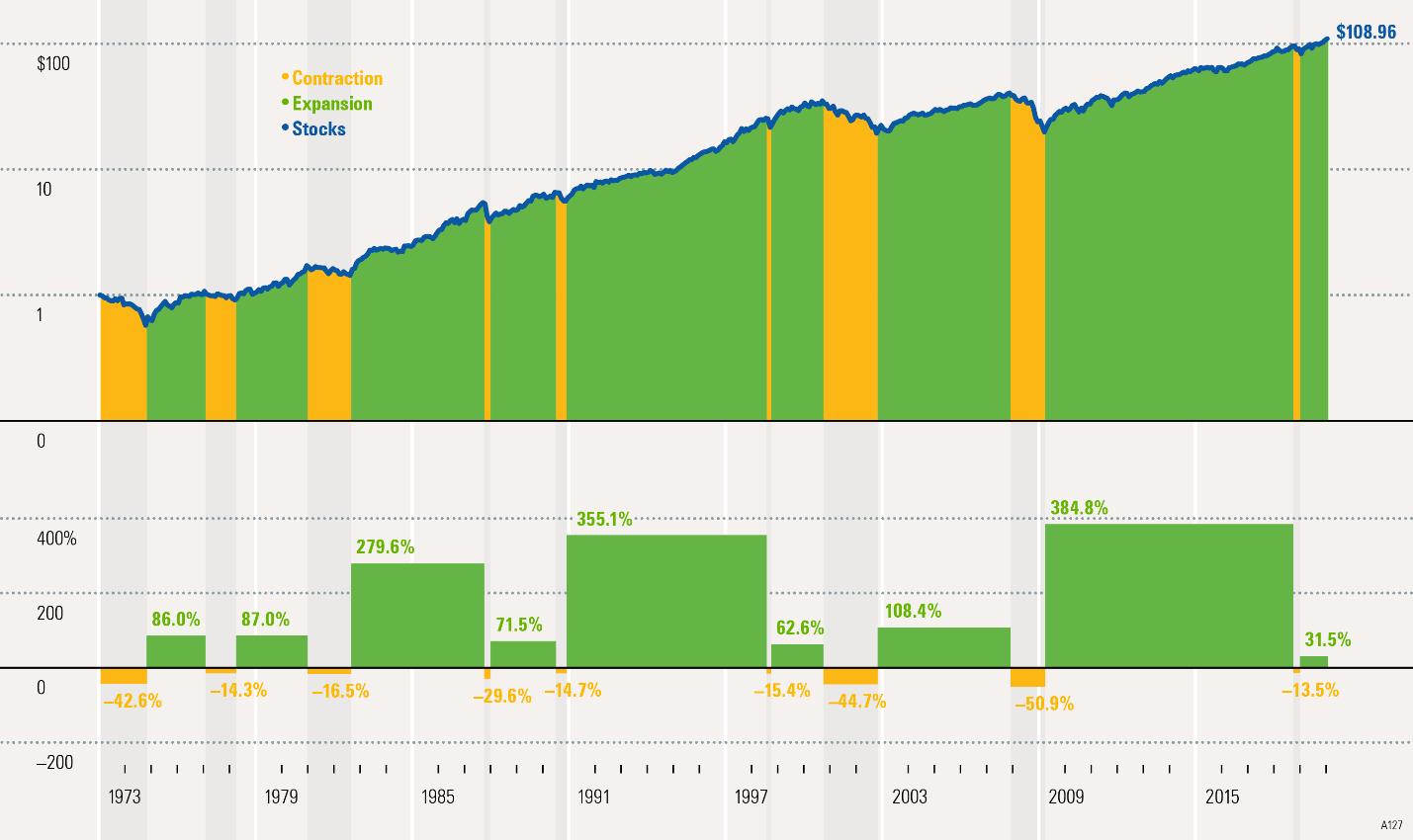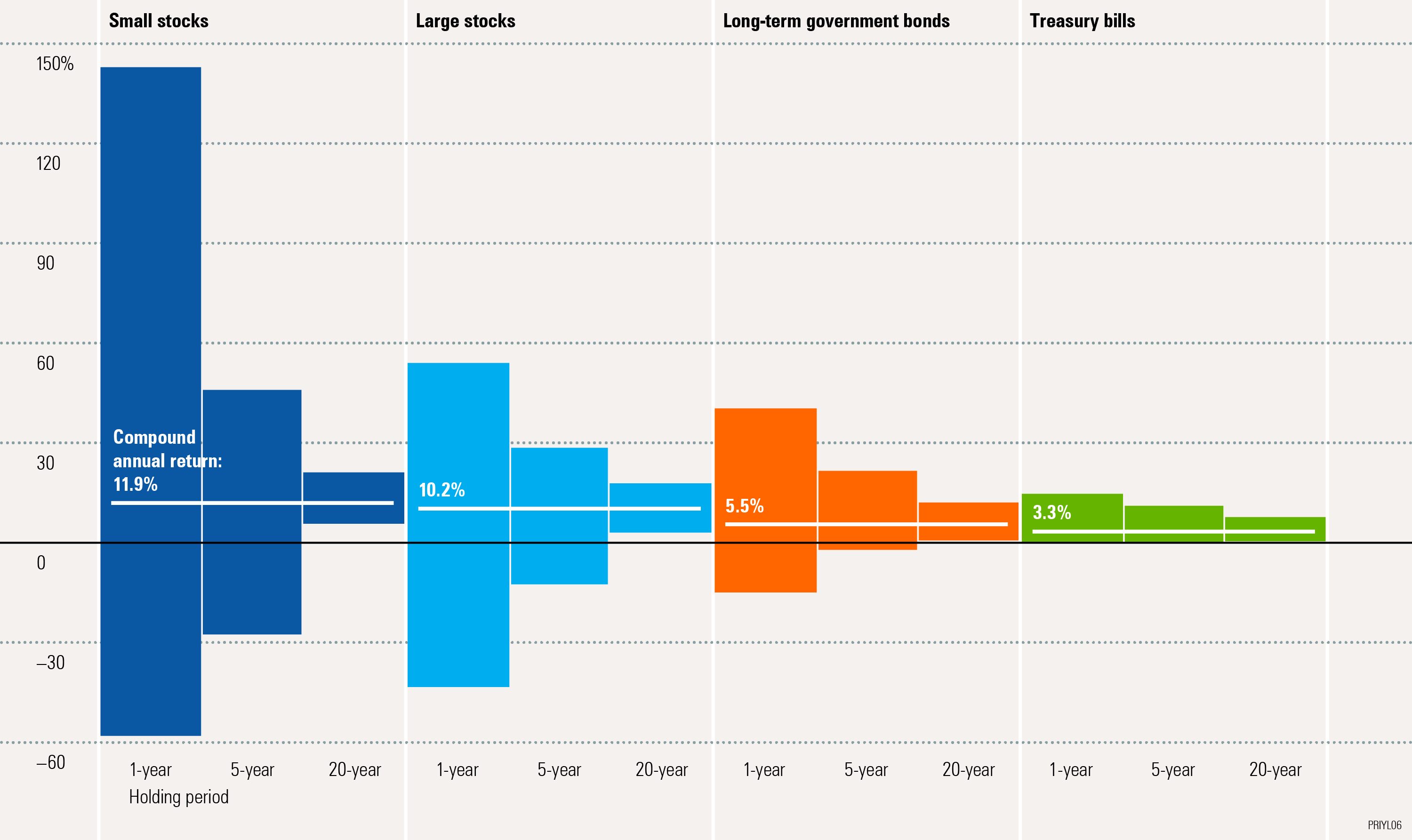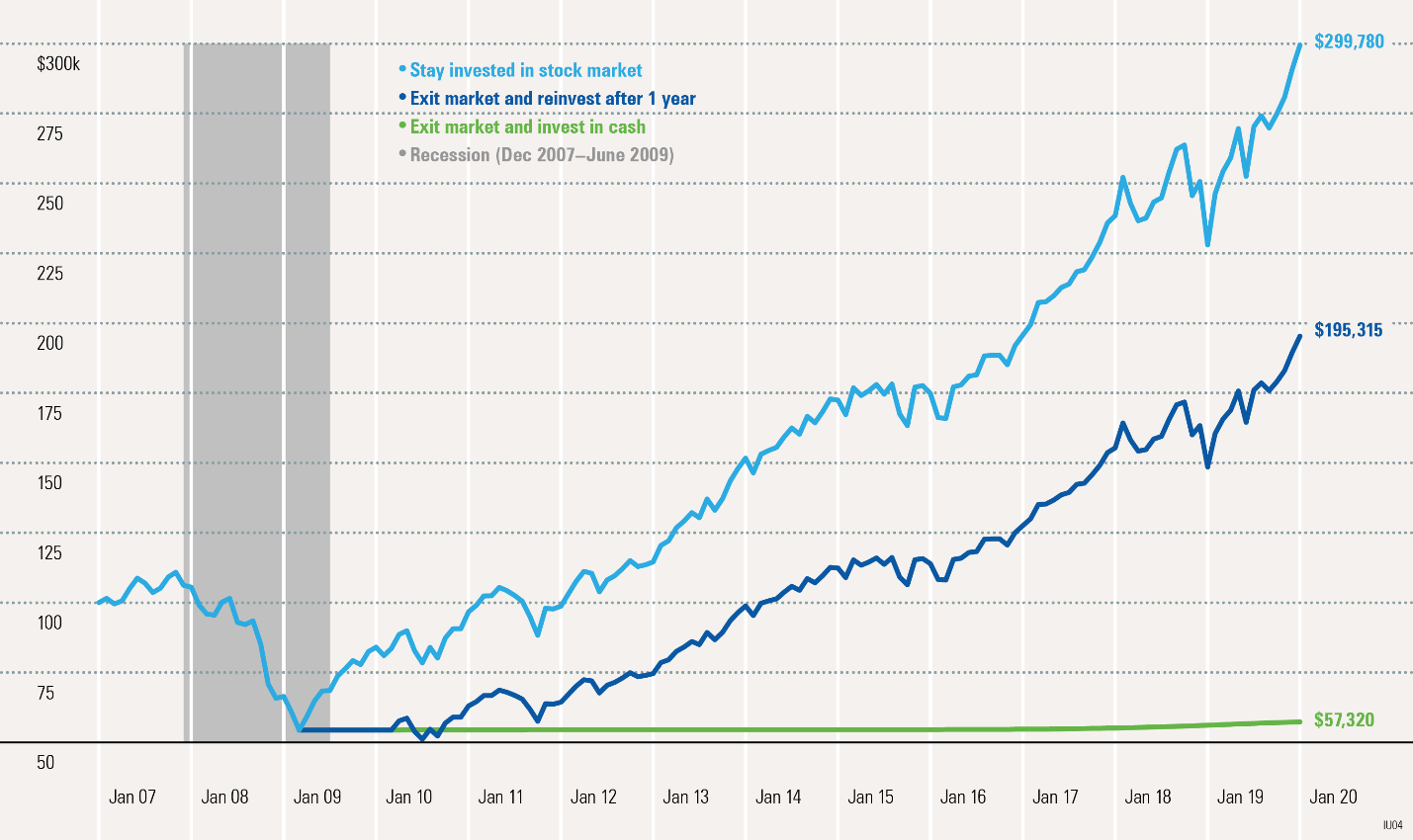How to Navigate Investing Amid Volatility: Free Classes
To help investors quell anxiety and put the current market volatility into a longer-term context, we curated a collection of courses from our broader Investing Classroom curriculum.
Editor's note: Read the latest on how the coronavirus is rattling the markets and what investors can do to navigate it.
Watch our Navigating Investing during Novel Coronavirus webinar.
Investing in turbulent markets is unsettling. No one likes to lose money. Investors often wonder whether they should sell their investments to stem further losses or sit on the sidelines until things improve. But in most cases, particularly for those who have a long time until they will need to touch their money, the wisest move is simply to stay the course. But that’s easier said than done.
We curated this special collection of courses from our broader Investing Classroom curriculum to help investors put the current market volatility into a longer-term context. Many investors find that it's much easier to stick with a long-term investment plan when they have a fuller understanding of concepts like asset-class volatility and risk, diversification, and the benefits of staying invested rather than timing the market.
We hope you find these courses informative and helpful during these unsettling markets. If you do, please feel free to share it--and advisors, please share with your clients! This special collection and all the courses in the Investing Classroom are available to Morningstar.com readers who sign up for a free Basic membership.
Market Downturns and Recoveries: In this course, we take a trip through time to see how the stock market has performed throughout its history.
Main takeaways: Market sell-offs happen at random times and can last for a few months or even a few years. But over the long term, stock market gains have outpaced losses by a wide margin (as you can see by the upward slope of the blue line below).
This image shows the expansions (green) and contractions (yellow) since 1973.

Risk and Volatility Data: In this course, we drill down into stock returns over time and examine the relationship between volatility and risk.
Main takeaways: All investments, and particularly stocks, are prone to price gyrations, but that's not really the same thing as risk. Stocks offer excellent long-term return potential for investors who hold on for the sometimes white-knuckled ride; in order to maximize your portfolio's potential returns, it's important to have some exposure to stocks and stock funds. In loftier and less volatile markets, it's easy to invest in stocks, but in deep sell-offs like this one, many investors lose faith.
Over the long term, stocks’ positive returns tend to offset their negative returns. As illustrated below, while returns may fluctuate widely from year to year, holding stocks for longer periods of time smooths out this volatility considerably. And--importantly--over the long term, stock investors have been rewarded for assuming this greater volatility.

Asset Classes and Downturns: In this course, we take a look at how investors can expect different asset classes to behave during a market sell-off and how they tend to behave during recoveries. We also show how a diversified portfolio can help investors weather the storm over the short and long term.
Main takeaways: During market sell-offs and economic contractions, the Federal Reserve often lowers interest rates and takes other actions in an effort to expand the money supply and encourage businesses and consumers to lend and spend. Policymakers call this easing, or expansionary monetary policy. This course delves into how lowering interest rates affects different asset classes, like bonds and stocks.
This course also explains how different asset classes are correlated to one another. By investing in asset classes that aren’t perfectly correlated with stocks, investors can soften the blow of heavy stock market losses in their portfolio. Asset classes like high-quality, intermediate-term government bonds offer lower long-term potential returns than stocks do, but they can be a great addition to a portfolio because they tend to hold up very well during market sell-offs.

Staying Invested: Patience pays dividends! In this course, we explain why investors will most likely do more harm than good by pulling their money out of investments and then trying to get back in when things seem to be getting better.
Main takeaways: Steep stock market downturns are often followed by sharp recoveries, and investors who sit on the sidelines often miss out on these quick inflections. The lighter blue line in the graph below shows the effect of staying invested in the stock market during the 2008 downturn and recovery, while the darker blue line shows the effect of selling stocks the market bottom, investing in cash for a year, and then reinvesting in the market. Missing out on the 2009 recovery cost this hypothetical investor more than $100,000!

In addition to these topics, we have some courses focused on investing in volatile markets and dealing with financial stress. Check them all out in the Featured Content area of our Investing Classroom.

/s3.amazonaws.com/arc-authors/morningstar/3a6abec7-a233-42a7-bcb0-b2efd54d751d.jpg)
/cloudfront-us-east-1.images.arcpublishing.com/morningstar/6ZMXY4RCRNEADPDWYQVTTWALWM.jpg)
/cloudfront-us-east-1.images.arcpublishing.com/morningstar/URSWZ2VN4JCXXALUUYEFYMOBIE.png)
/cloudfront-us-east-1.images.arcpublishing.com/morningstar/CGEMAKSOGVCKBCSH32YM7X5FWI.png)
:quality(80)/s3.amazonaws.com/arc-authors/morningstar/3a6abec7-a233-42a7-bcb0-b2efd54d751d.jpg)